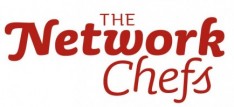Now that you’ve created followers on your social media platforms, you may start facing serious questions from upper management – how do these numbers improve the bottom line? What was the ROI on this marketing platform? Understanding social media market trends and reports will help you answer these types of questions.
sandra@thenetworkchefs.com Social Media Marketing and Management
